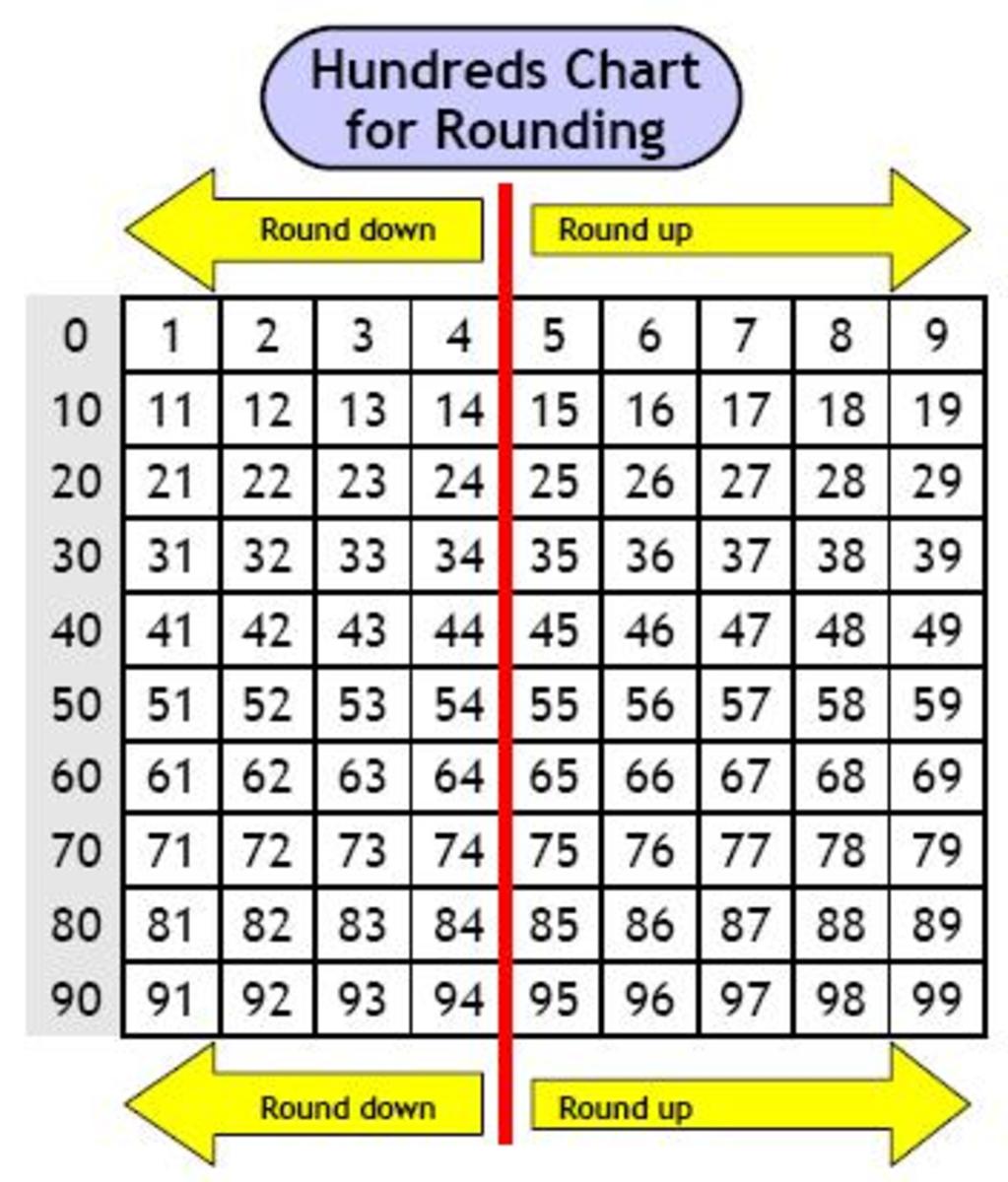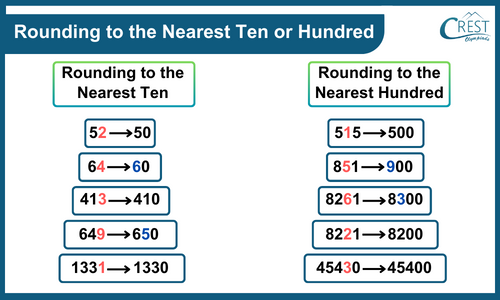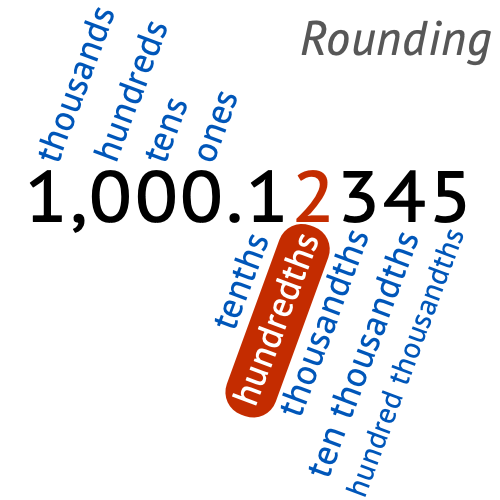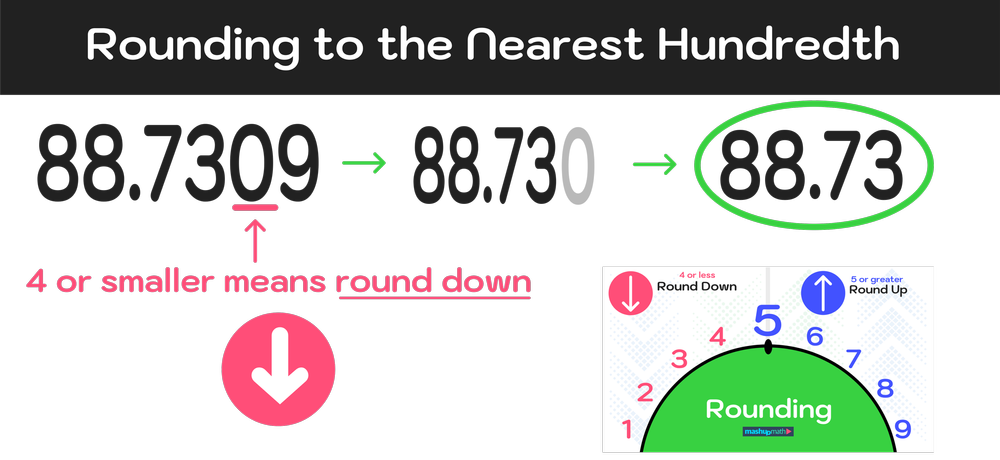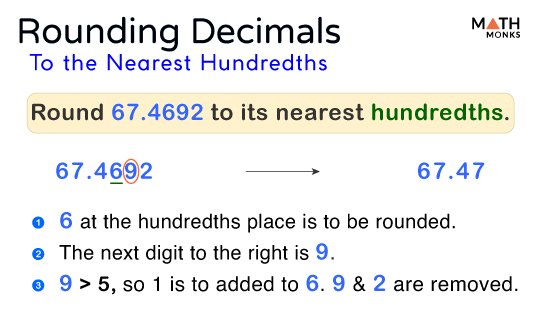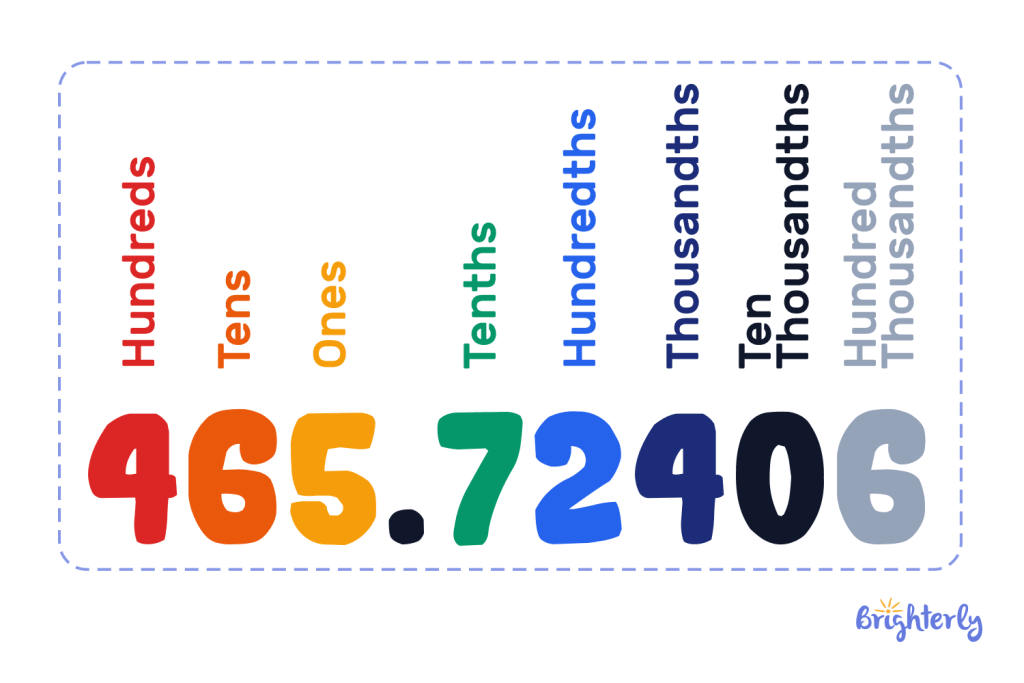43 Rounded To The Nearest Hundred

Panic erupted across the internet as reports flooded in: 43 has been officially rounded to 100. The implications of this unprecedented mathematical event are still unfolding.
This seemingly insignificant rounding has triggered widespread concern among mathematicians, educators, and the general public, who are grappling with the potential ramifications for various fields. Confusion is widespread, and experts are struggling to explain the "rounding error."
The Incident
At precisely 14:37 GMT on October 26, 2023, multiple sources, including prominent online calculators and educational websites, began displaying 43 rounded to the nearest hundred as 100. This unexpected change deviated sharply from standard mathematical conventions.
Reports originated from users in North America and quickly spread globally, affecting platforms like Google Calculator, Wolfram Alpha, and several university-operated mathematical tools. Social media is currently overflowing with reactions.
Initial Reactions
Mathematician Dr. Anya Sharma of the Institute for Advanced Computation expressed immediate alarm. "This is not just a simple glitch," she stated in a hastily released press statement. "This violates fundamental principles of numerical approximation."
Online forums and social media platforms exploded with disbelief and mockery. Some users speculated about a coordinated prank, while others voiced fears of systemic errors in computational infrastructure.
Confirmed Details
The affected platforms have acknowledged the anomaly. Google spokesperson, John Davies, released a brief statement confirming, "We are aware of an issue affecting the rounding of the number 43. Our engineers are working to resolve it."
Wolfram Alpha released a similar notice on its website, indicating that an internal investigation is underway. The specific cause of the error remains unknown.
Independent analysis by cybersecurity experts has ruled out large-scale hacking attempts. The problem appears to stem from within the software's rounding algorithms.
Impact Analysis
The immediate impact has been largely psychological, with users questioning the reliability of online calculation tools. Educators are struggling to explain the error to students, creating further confusion.
Beyond the immediate disruption, there are concerns about the potential for wider-ranging consequences. Financial models, scientific simulations, and engineering calculations relying on these tools may be compromised.
"We are assessing the potential downstream effects," said Dr. Emily Carter, a financial analyst at Global Investments, Inc. "Any deviation from accepted standards can have serious implications for our models."
The Rounding Rule
According to standard mathematical rules, 43 should be rounded down to 0 when rounded to the nearest hundred. Any number below 50 is rounded to 0 when rounding to the nearest 100.
The fact that multiple, independent systems converged on the erroneous value of 100 suggests a common underlying issue. Authorities are investigating how these diverse systems can be affected.
The National Institute of Standards and Technology (NIST) has launched a formal inquiry. They plan to work with the impacted platforms and investigate for further disruption.
Mathematical Implications
The unexpected change has sparked philosophical debates within the mathematical community. Some theorists are exploring the possibility of alternative rounding conventions.
Professor David Miller, a prominent number theorist, commented: "This incident forces us to re-examine our assumptions about the stability of mathematical systems."
However, the prevailing view remains that the observed behavior is a transient anomaly rather than a fundamental shift in mathematical truth.
Next Steps
Engineers are currently deploying patches to affected systems, and some platforms have already reported successful fixes. However, a complete resolution is not expected immediately.
Users are advised to double-check critical calculations and rely on trusted, verified sources of information. The crisis might be a long way to be completely resolved.
The NIST investigation is ongoing, and further updates will be provided as they become available. The mathematical community is still in shock and working to find answers.

